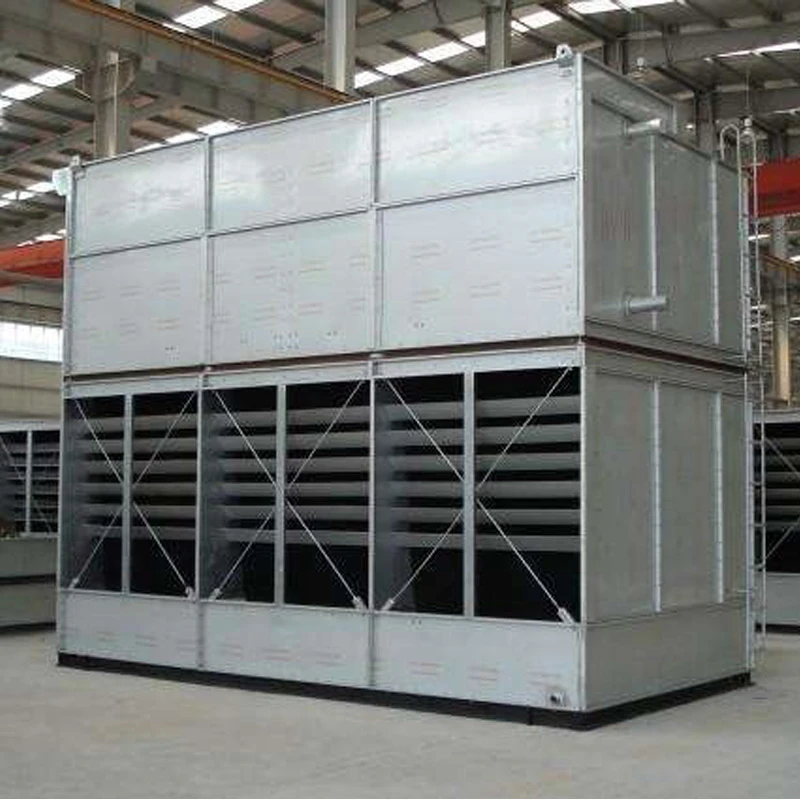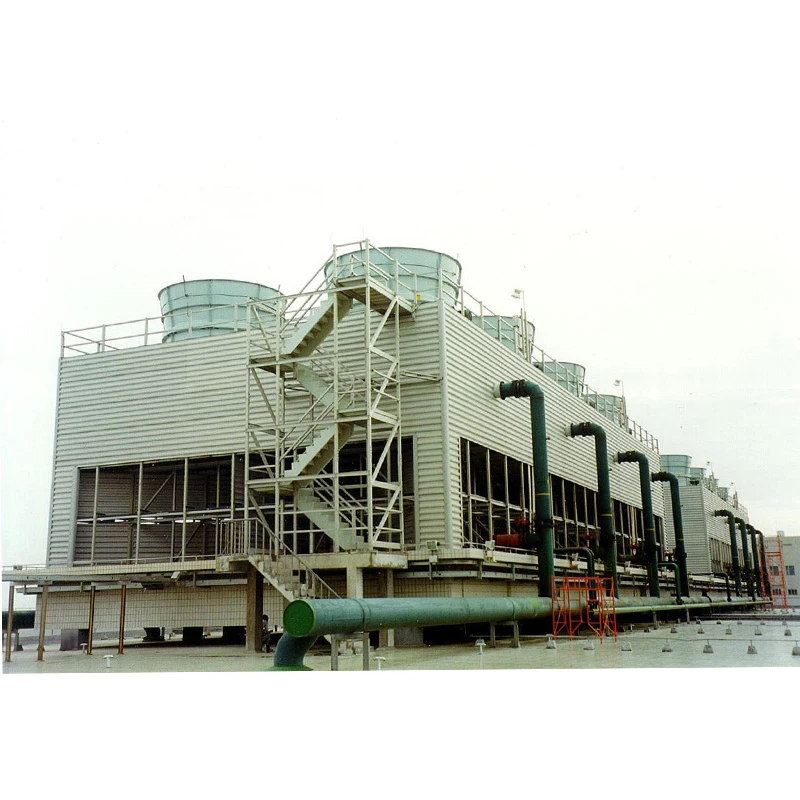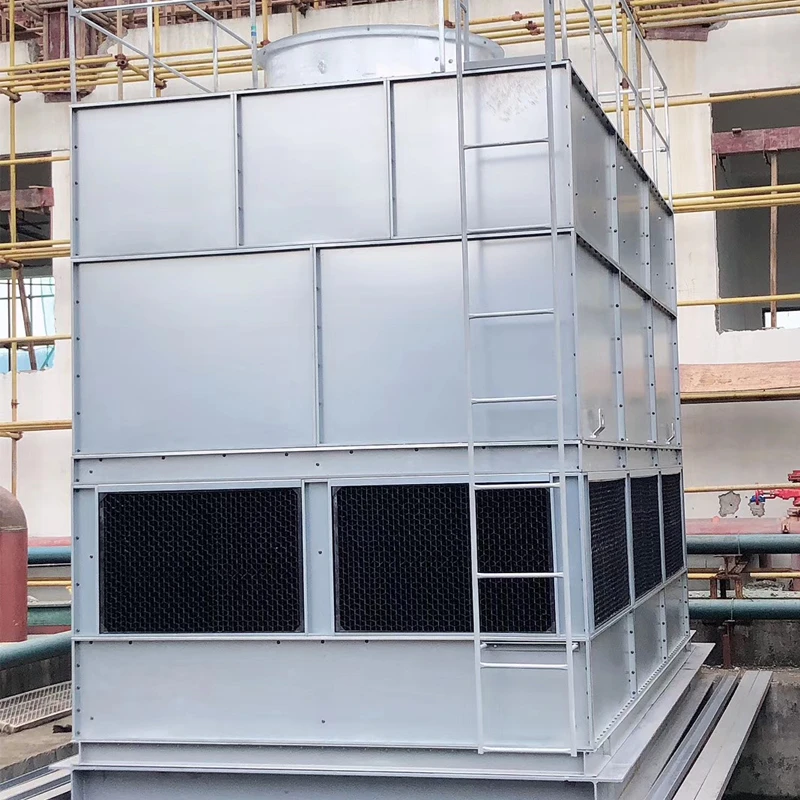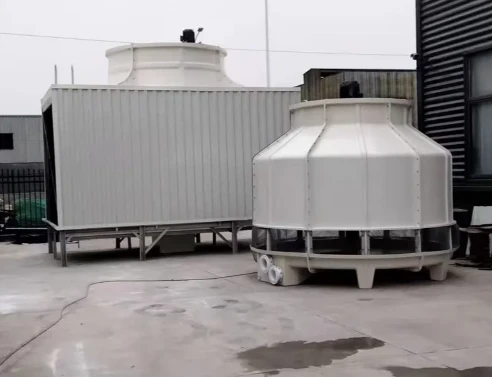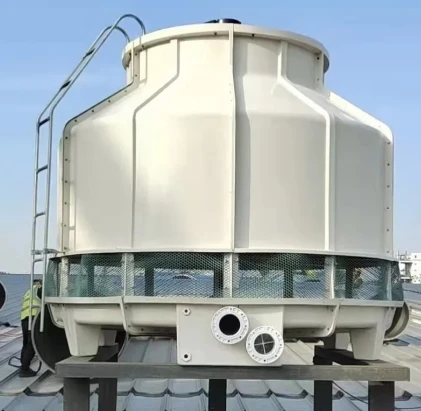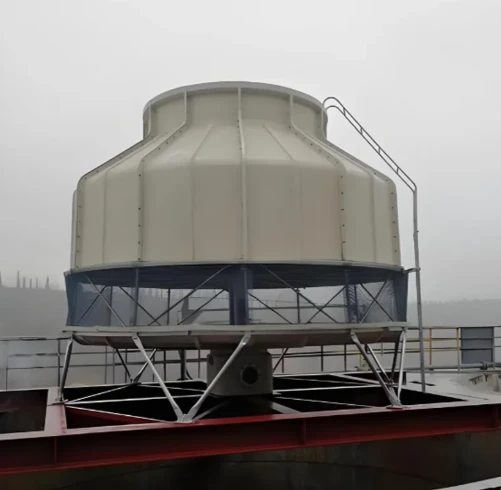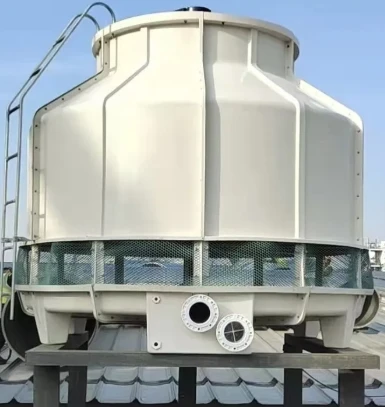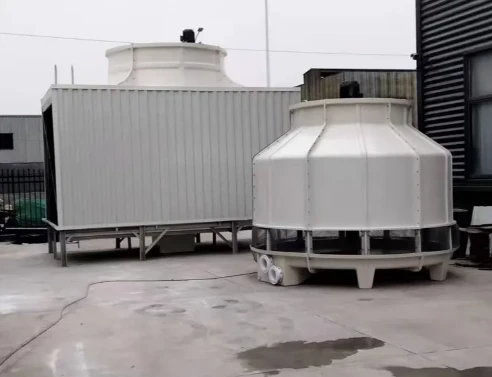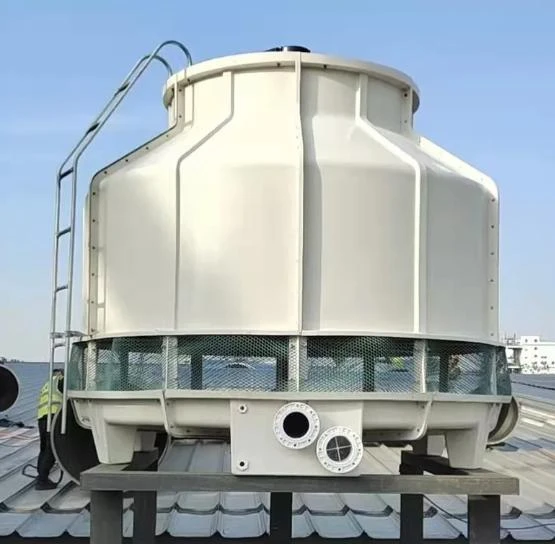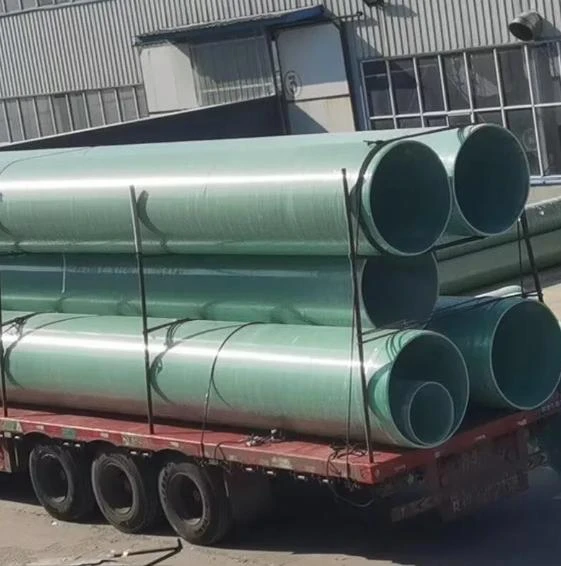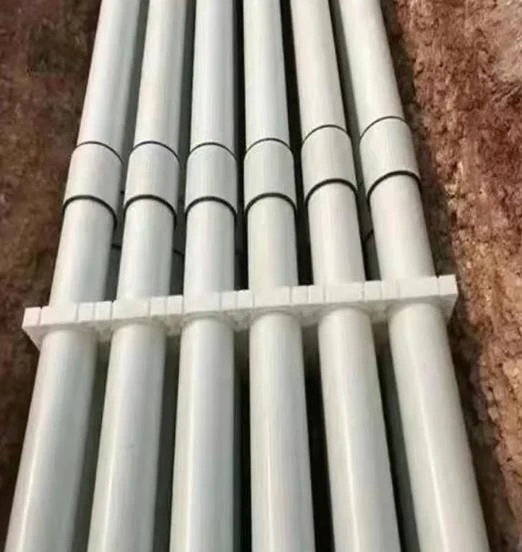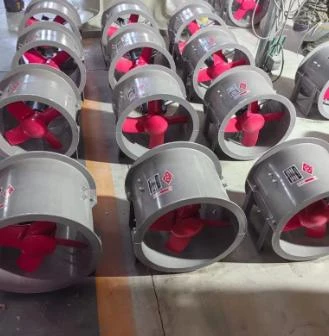

We Are Open 24 Hours a Day, 7 Days a Week, Including Weekends and Public Holidays.
- Introduction to industrial water cooling tower
systems and their significance in industrial processes - Data-driven impact: Industry adoption rates and efficiency metrics
- Technical advantages of modern cooling towers and closed loop water cooling systems
- Comparative analysis of manufacturers and solutions (including industrial axial flow fan integration)
- Customizable solutions for unique industrial needs
- Application case studies demonstrating performance benefits
- Conclusion and future proofing industrial water cooling towers

(industrial water cooling tower)
Industrial Water Cooling Tower Systems: Driving Efficient Heat Management
Industrial water cooling towers play a pivotal role in large-scale heat dissipation across power generation, chemical manufacturing, plastic processing, food production, data centers, and more. With rising industrial output and tightening environmental standards, reliable cooling infrastructure is now a primary determinant of operational efficiency and facility sustainability. According to the International Energy Agency, over 30% of total global industrial energy is consumed by process cooling, making efficient tower design and integration increasingly vital. Modern installations often adopt industrial closed loop water cooling systems, which allow factories to maximize water reuse, minimize losses, and ensure consistent cooling performance under high thermal loads. As regulatory expectations for water conservation intensify globally, companies are prioritizing resilient, energy-optimized cooling architectures that balance thermal demands with environmental compliance.
Impact of Technology: Adoption Rates and Efficiency Metrics
The deployment of advanced industrial water cooling tower solutions is accelerating worldwide. Market research firm MarketsandMarkets estimated the global cooling tower market to surpass $3.2 billion USD by 2025, driven by expansion in manufacturing and power sectors. Notably, facilities upgrading to closed loop water cooling systems often report water savings exceeding 80% compared to traditional open systems. Additionally, the use of high-performance industrial axial flow fans can boost air volume delivery by 25-40%, directly improving heat exchange efficiency and reducing hot spots within tower structures. Implementing these cooling enhancements has also translated to measurable reductions in energy costs, with some plants observing up to 18% lower utility expenses after retrofitting their towers with advanced fan and loop technologies.
Technical Advantages: Modern Cooling Tower Design and Performance
Innovative industrial cooling systems now integrate a suite of technologies that dramatically elevate performance and reliability. Key designs include:
- Closed Loop Circuits: Reduce scaling, corrosion, and biological fouling; maintain consistent water chemistry.
- Industrial Axial Flow Fans: Optimize airflow delivery with minimal power consumption via precision blade engineering, direct-drive motors, and adaptive speed controls.
- Composite Fill Media: Enhanced water distribution and surface area for efficient heat transfer, freshwater consumption drop of up to 50%.
- Smart Monitoring Systems: Deploy IoT-driven analytics for real-time diagnostics, predictive maintenance, and energy trend optimization.
These technological advances collectively create towers capable of managing large thermal loads—even in variable ambient conditions—while maintaining compliance with water use and emissions targets. The result is improved plant uptime, lower risk of unplanned shutdowns, and maximum return on capital investment.
Manufacturers and Solutions Comparison: Integrating Industrial Axial Flow Fan Technology
Leading cooling tower manufacturers differentiate themselves through engineering prowess, innovation, and system integration expertise. Below is a comparative table of select global providers, focusing on tower type, fan efficiency, material quality, and after-sales support:
| Manufacturer | Tower Type (Open/Closed Loop) | Axial Flow Fan Efficiency | Material Durability (Years) | Energy Saving (%) | After-Sales Support |
|---|---|---|---|---|---|
| SPX Marley | Both | 94% | 25+ | 16 | Global, 24/7, Remote Diagnostics |
| Baltimore Aircoil | Both | 91% | 22 | 15 | Regional, Scheduled Maintenance |
| EVAPCO | Closed Loop | 89% | 20 | 13 | On-site, IoT Support |
| Cooltech | Open Loop | 86% | 18 | 11 | Standard, Call Center |
Noticeably, the selection of industrial axial flow fans with optimized blade geometry is a cornerstone of energy savings and long-term durability. Leading manufacturers invest heavily in materials science, corrosion-resistant finishes, and remote analytics, ensuring minimal downtime and superior environmental performance.
Custom Solutions for Specialized Industrial Applications
Owing to diverse operating environments, few industrial facilities benefit from off-the-shelf cooling towers. Customization—based on capacity, climate, process flows, space constraints, and regulatory parameters—is essential. Common customization aspects include:
- Thermal Load Matching: Tailored fill heights, fan configurations, and basin layouts ensure optimal heat rejection for batch or continuous operations.
- Footprint Optimization: Vertical or modular towers adapt to high-density or urban production sites.
- Noise and Emission Mitigation: Low-noise fan systems and drift eliminators address environmental compliance.
- Material Selection: FRP, galvanized steel, or stainless steel casings for chemical, coastal, or corrosive atmospheres.
- Automated Controls: PLC-based or SCADA-integrated automation to manage fluctuating cooling demands with maximum responsiveness.
Manufacturers routinely work with clients to model plant energy-water balances, simulating cooling tower performance under worst-case production loads and seasonal variations. Computational fluid dynamics (CFD) tools assist in shaping tower plenum, fan, and fill assemblies for the highest possible efficiency at specific site parameters.
Application Case Studies: Delivering Performance and Sustainability
The practical performance of advanced industrial water cooling towers is evidenced by several high-impact industry examples:
- Petrochemical Plant Retrofit: In Texas, a refinery replaced conventional open cooling towers with closed loop systems and industrial axial flow fans. This achieved a 78% reduction in water use and realized $420,000 USD annual energy cost savings. Operational reliability increased, minimizing production downtime during summer peaks.
- Plastic Molding Facility Upgrade: A Southeast Asian plastics manufacturer integrated a modular tower array featuring high-efficiency fans. Chilled water return temperatures stabilized 7°C lower on average, with defect rates dropping 12% thanks to more consistent cooling across the process line.
- Data Center Expansion: A European data center installed closed loop cooling towers with IoT-enabled monitoring, supporting 24/7 uptime for critical servers while cutting cooling water makeup by 65% compared to prior systems. Automated adjustments to fan speeds yielded substantial energy savings with no compromise on thermal stability.
These case studies highlight the profound impact of modern cooling tower technologies—not only in maximizing process stability and production quality but also in achieving aggressive sustainability objectives.
Conclusion: Sustainable Industrial Water Cooling Tower Solutions for the Future
Modern industrial water cooling towers have become integral to global manufacturing competitiveness and environmental stewardship. By integrating closed loop water cooling systems, advanced industrial axial flow fan designs, and smart automation, forward-thinking facilities are achieving superior thermal management, robust regulatory compliance, and substantial long-term OPEX savings. As industries continue to modernize, the role of efficient, customizable cooling towers will only grow in criticality, reinforcing their place at the heart of sustainable industrial infrastructure.
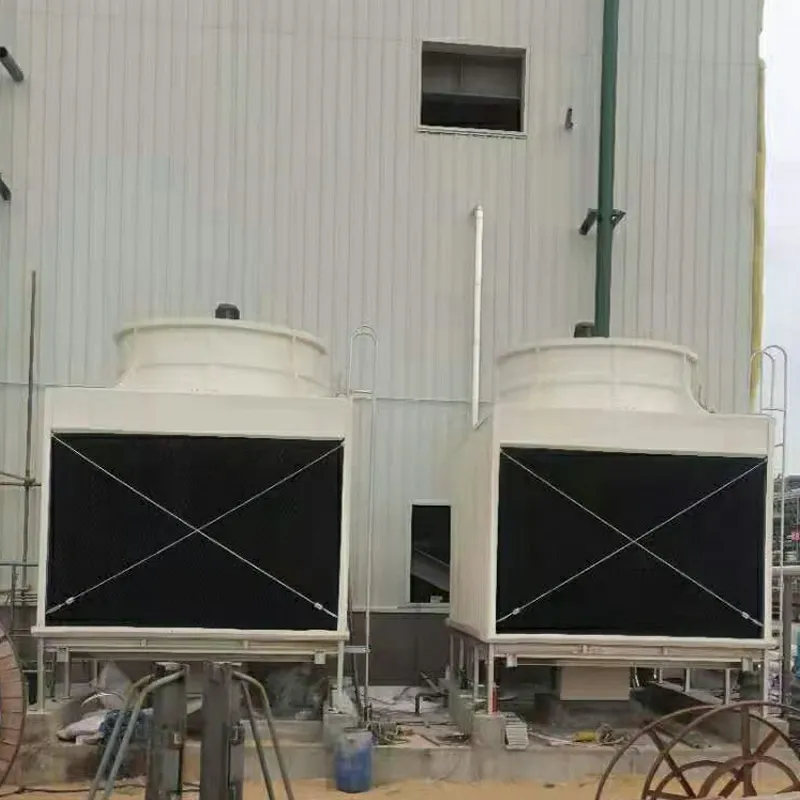
(industrial water cooling tower)
FAQS on industrial water cooling tower
Q: What is an industrial water cooling tower and how does it work?
A: An industrial water cooling tower is a device that removes heat from water by evaporative cooling. It circulates warm water from industrial processes, cools it by contact with air, and returns the cooled water to the system.
Q: What are the benefits of using industrial closed loop water cooling systems?
A: Industrial closed loop water cooling systems reduce water loss and minimize contamination risks. They also enhance energy efficiency and extend equipment lifespan.
Q: How does an industrial axial flow fan improve cooling tower efficiency?
A: An industrial axial flow fan increases airflow through the cooling tower, improving heat dissipation. This leads to better cooling tower performance and quicker water temperature reduction.
Q: What industries commonly use industrial water cooling towers?
A: Industrial water cooling towers are widely used in power plants, chemical manufacturing, and HVAC systems. They are essential in any industry that generates heat and requires efficient cooling solutions.
Q: How do you maintain an industrial water cooling tower for optimum performance?
A: Regular cleaning, inspecting components like fans and nozzles, and checking water quality are crucial. Proper maintenance prevents scaling, corrosion, and ensures long-lasting, efficient operation.





Address
20 Xingyuan South Street, Zaoqiang County, Hengshui City, Hebei Province, China










